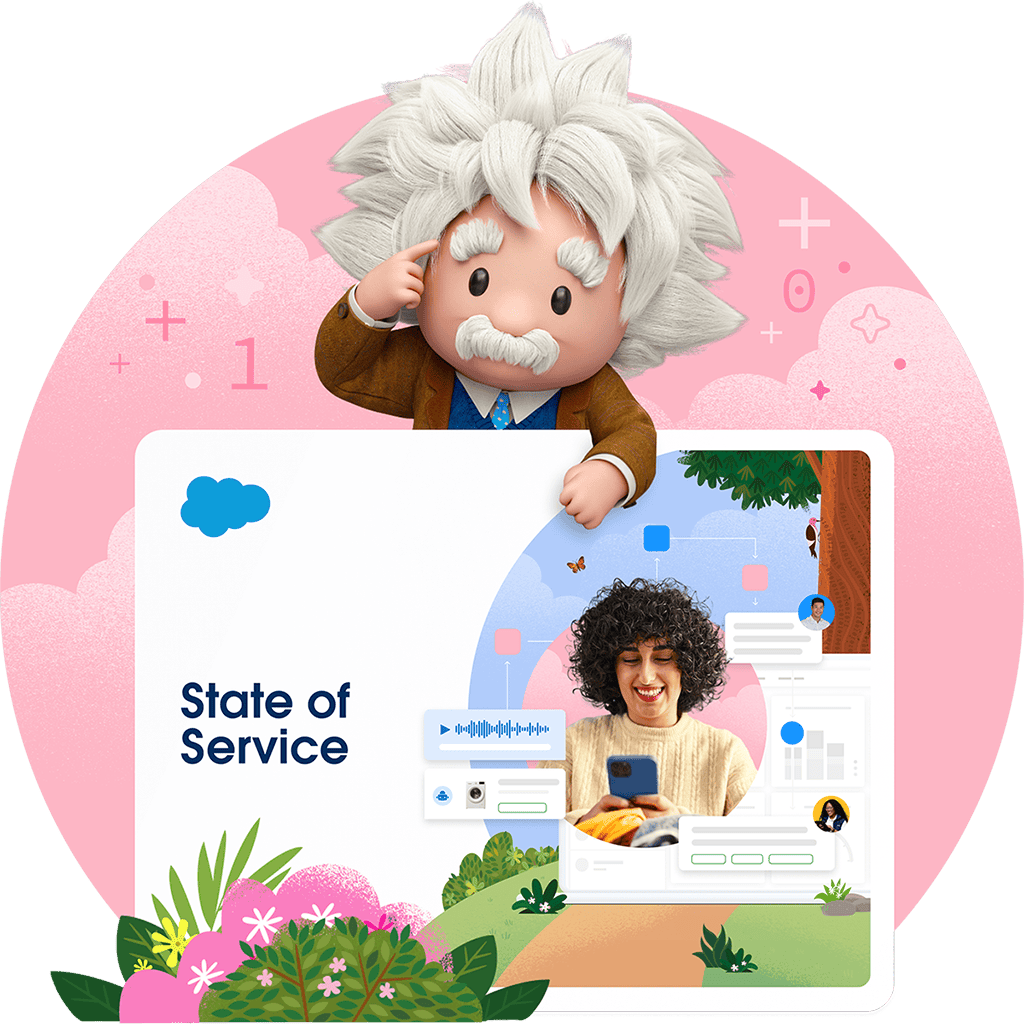
How to Ask Customers for Reviews
Here’s why you need customer reviews, plus tips on how to handle both positive and negative reviews.

Here’s why you need customer reviews, plus tips on how to handle both positive and negative reviews.


Customer reviews are feedback or opinions provided by customers about their experiences with a product or service. They are a powerful way to attract new buyers and build trust with your brand. Taking this customer feedback is a key part of your customer service strategy. After all, reviews are honest responses from real-life customers.
Our research shows that 86% of service pros believe customer expectations are higher than ever, making customer reviews crucial for understanding and meeting those expectations. Positive reviews can enhance your credibility and positively influence potential customers' decisions. Even negative reviews offer valuable insights into customer concerns, helping you improve and achieve your customer service goals. Whether your business is an online store, a software company, or a field service operation, customer reviews are indispensable.
Getting customers to leave reviews can be challenging. The good news? With the right approach, you can encourage more reviews without coming across as pushy or intrusive. Read on to discover our top tips and tricks for collecting feedback, and learn how customer service software can help make the process easier.

It's an exclusive meeting place, just for service professionals. From customer service to field service, the Serviceblazer Community is where peers grow, learn, and celebrate everything service.
Customer reviews can shape your business’s reputation and create opportunities for long-term revenue growth. Here are a few reasons why reviews are so important.
There are a lot of ways to get feedback from your customers to help you adjust the customer experience and improve your business — from surveys to publicly posted Google reviews. There are three general types of customer reviews you might encounter:
Each type of feedback has its own value. Public reviews help potential consumers make informed decisions by seeing what others have experienced, while industry platforms assist B2B companies in finding the right providers or partners. Private feedback, on the other hand, is incredibly useful for gathering specific insights that can lead to meaningful improvements in the customer experience.

Watch Agentforce for Service resolve cases on its own, deliver trusted answers, engage with customers across channels and seamlessly hand off to human service reps.
There are lots of different ways customers can give you feedback. Sometimes you’ll get quantitative feedback with numbers, ratings, and scores, such as your G2 star score. You might also get qualitative data from comments or reviews that help give context to the numbers.
Customers have plenty of options when it comes to leaving reviews, and where they choose to post depends on your business type and industry. To help keep track of all of the feedback you’re getting indirectly and directly, qualitatively and quantitatively, you’ll want a customer feedback management tool. This helps you stay on top of valuable feedback, no matter where it comes from, and can also help you identify which venues get the most traffic.
Many customers leave reviews directly on search engines. These reviews can help your website rank higher and drive more organic traffic to your business. Two places your customers might review your company include:
Social media platforms serve as informal review spaces where customers share their experiences in a digital word-of-mouth way. These social reviews can be found on:
For product-based and service-based businesses, reviews on relevant platforms influence buyer decisions:
Industry-specific review sites cater to specialized businesses, providing targeted visibility:
Research organizations often review companies and products, especially in the tech space. Their in-depth reports provide valuable and unbiased feedback. Some have online forums, which are excellent for gathering candid, informal feedback from prospects and customers. These resources are particularly useful for B2B companies, as they primarily appeal to technical buyers. Let’s look at two research organizations:
Sourcing reviews can help you get more feedback on your company and products. If you want to get more reviews on one of these sites (or your own), there are a few ways to ask your customers for feedback:

High-performing organizations are using data, AI, and automation to deliver faster, more personalized service. Find out how in the 6th State of Service report.
When you do get positive customer reviews, don’t let them go to waste. Instead, take advantage of them with these best practices:
From time to time, even the best businesses receive negative reviews. The key is to manage them professionally and turn them into opportunities for growth. The Serviceblazer Community on Slack is an excellent place to learn how to respond to negative reviews, as well as other valuable customer service tips.
Here are a few tips for handling a bad review:
Streamlining customer reviews with Service Cloud can significantly boost your customer service process. Service Cloud provides robust tools to efficiently collect, manage, and analyze customer feedback, making it easier to identify trends and address issues promptly. By integrating customer reviews into your service workflow automation, you can ensure that all feedback is systematically gathered, acknowledged, analyzed, and acted upon. This not only helps in resolving individual issues but also drives broader improvements to your products, services, and overall customer service experience.
After all, our research shows that 65% of customers expect companies to adapt to their changing needs and preferences. Effective customer feedback management is essential for transforming customer reviews into informed business decisions.

Your AI is only as strong as the data it's built on. Agentforce for Service's are built on trusted, secured data to safely maximize the power of AI.